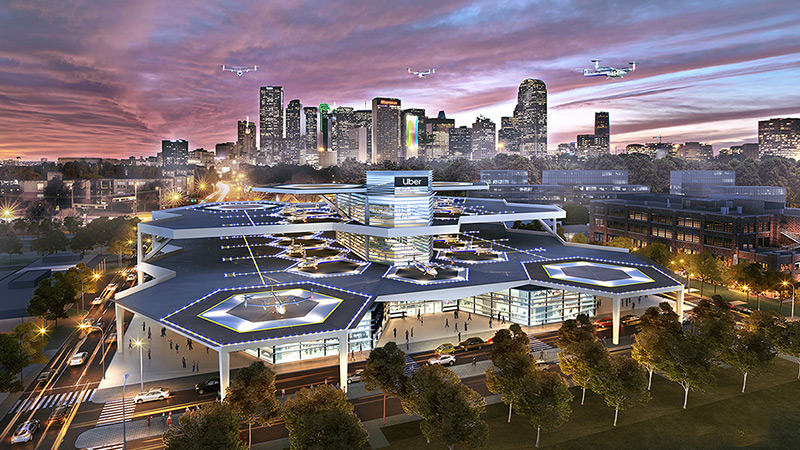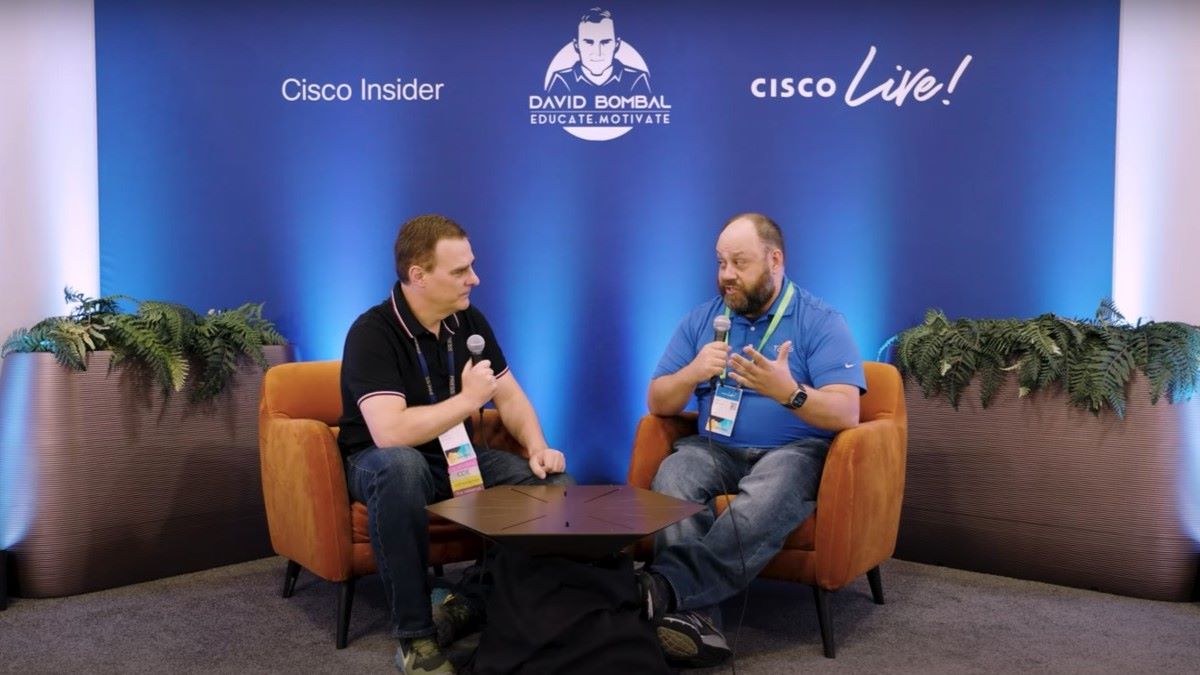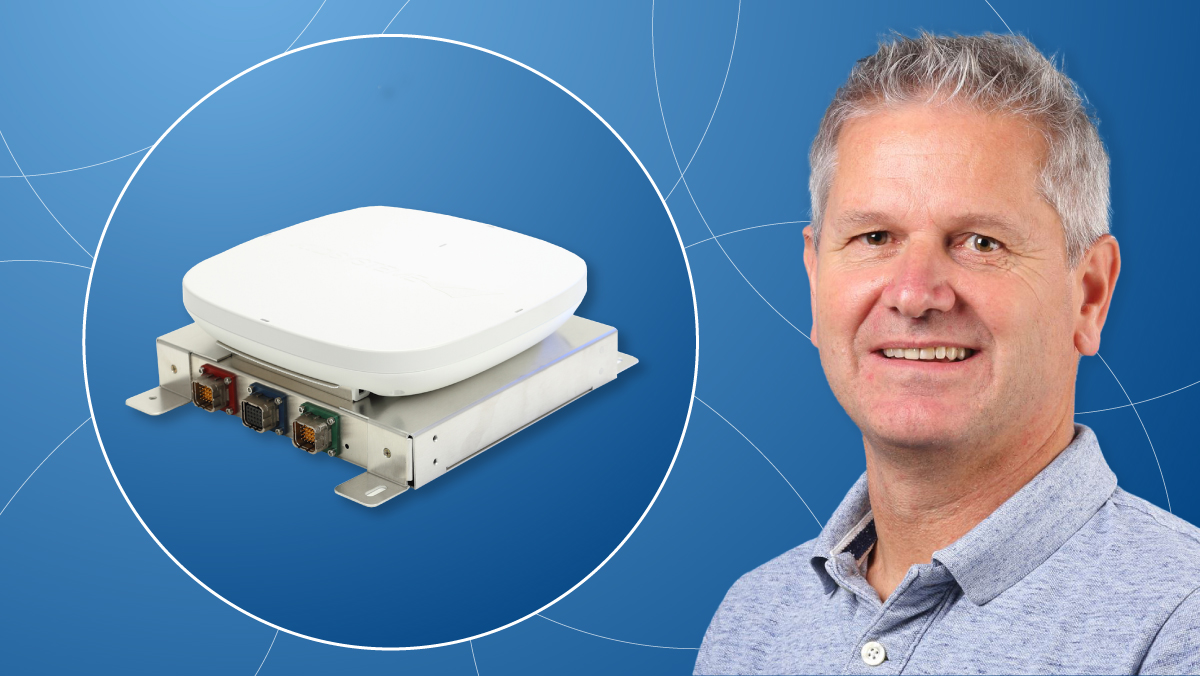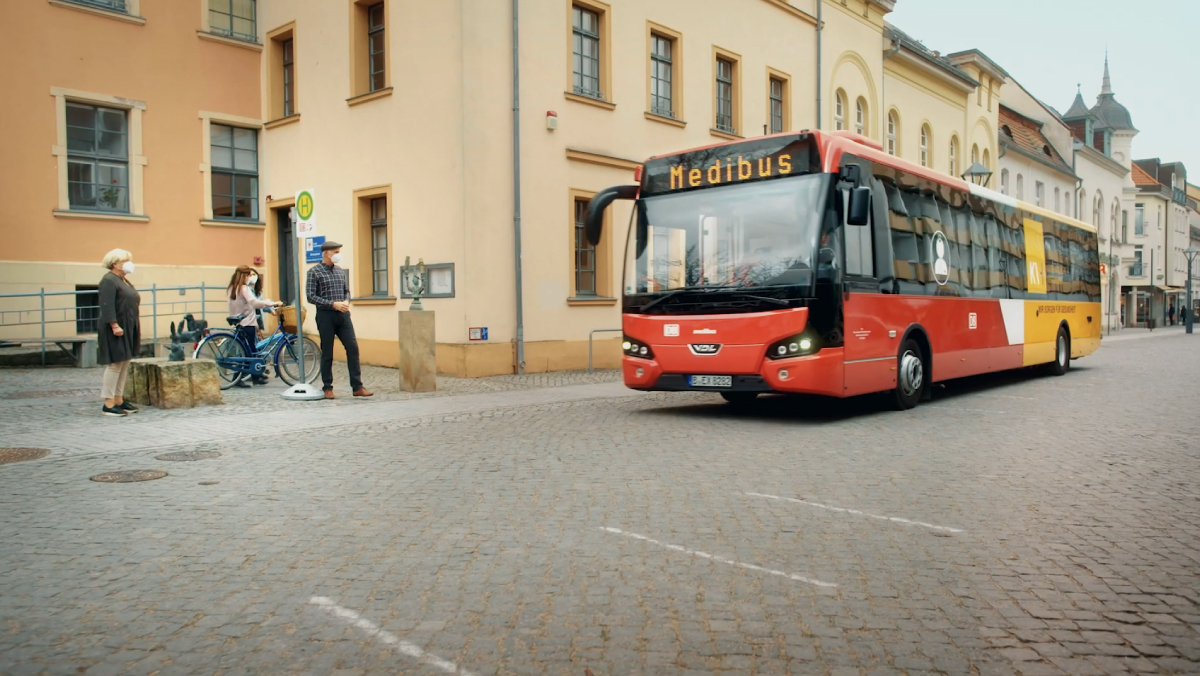Picture this futuristic take on Los Angeles. Instead of clogged streets and freeways, traffic zips along smoothly. Autonomous vehicles (AVs) weave alongside shared and electric cars, pods and shuttles, on fixed or dynamic routes. There are even a few regular cars — the ones with drivers and steering wheels — moving along the rivers of vehicles.
Meanwhile, buses, subways and trains haul large numbers of people around the city and beyond, safely, efficiently and comfortably. At transportation hubs, people jump on shared bicycles, e-bikes, scooters and other “micromobility” modes of transport to their destinations. And buzzing low across the skies between Skyports, flying taxis ferry people around the city.
See also: Autonomous trucks deliver packages to your doorstep
No, it’s not a scene from Blade Runner 2049. It’s a vision of L.A.’s transportation system in 2028, when the city will host the Olympic Games. Los Angeles is hustling to become what Mayor Eric Garcetti has called “the transportation technology capital of the world” by the time the Games roll around. With that in mind, the city has become a hotbed of creativity and disruption in the mobility sphere.
“2028 brings a really big opportunity to implement and pilot innovation,” says Marcel Porras, chief sustainability officer for the L.A. Department of Transportation (LADOT). “I do think we’ll see some form of AVs and air taxis within 10 years.”
“L.A. is at the forefront, doing spectacular work,” says Gabe Klein, co-founder of CityFi, which is advising the city on its transportation technology strategy. “They’re getting lots of tech companies wanting to test and then scale services in L.A. — not just electric scooters and bikes, but also AVs, UAV’s (unmanned aerial vehicles) and more.”
The Uber/Lyft Effect
Much of the innovation in mobility is coming from the private sector — a trend that started with Uber and Lyft. By offering vehicles on demand through a smartphone app, the ridesharing startups changed the way people experienced travel.
They also got L.A. transportation officials thinking about the future. How should the city prepare for a future in which vast numbers of self-driving vehicles might be available on demand? What new tools — legislative and other — might the city need to manage this new mobility? What unintended consequences might arise? For instance, would AV owners move far from the city knowing they could sleep while their car drives them to work?
And what about flying taxis? The city has been approached by Uber Air and a half-dozen other companies that are pioneering self-piloting drones. They want to figure out how electric vertical take-off and landing (eVTOL) vehicles might fit into the mobility mix.
More recently, the explosion of “dockless mobility” in the form of shared bikes and scooters revolutionized first/last-mile transportation, sparking yet more disruption.
Faced with this tsunami of innovation and rapid pace of change, the city has dived into conversation with these many stakeholders — from city departments and community-based organizations to rideshare companies (aka TNCs), OEMs and partners specializing in electrification, AI, data services and more.
“You name it, we are talking to them because we just wanted to understand better,” says Porras, who directs LADOT’s Bureau of Transportation Technology. “Mobility was being transformed by the private sector and we had a lot of catching up to do.”
City as Platform
Last June, LADOT worked with CityFi and other partners to unveil a “digital playbook” aimed at helping the city prepare for an autonomous future. The document, titled the Urban Mobility in a Digital Age Strategic Implementation Plan(SIP for short), provides a framework for thinking about the city as a platform on which data, mobility and infrastructure are services.
“Transportation is much more complex now, thanks to the smartphone,” says Ashley Hand, who co-founded CityFi with Klein and played a key early role in readying the city for the paradigm shift to digital.
See also: Soccer's newest tech transforms the game
The Bureau of Transportation Technology includes technologists and a half-dozen IT workers carved out of the traditional IT group. Terms like “user experience” have found their way into the department’s vocabulary. LADOT has even drafted a Mobility Bill of Rights, along with principles and metrics for what it calls “transportation happiness.” These are designed to assure people can travel comfortably, safely and with dignity.
A Strong Foundation of Data
A top priority is building a strong foundation of data. One way LADOT is doing that is to make it easy for private mobility companies to communicate with the city’s technology platform via a data standard and shared APIs.
The city’s Mobility Data Specification helps not just the Ubers, Lyfts, Birds and Limes of the world to get up and running faster in L.A., but also sets parameters for any future disruptor that could burst onto the scene at any time.
“If we have to go back to the well every time there’s a new mode of transport and try to answer a whole bunch of questions, then I would say we’ve failed,” Klein says.
A History of Innovation
L.A. has a history of innovation around the Olympic Games. The 1984 Games — the last the city hosted — were an early catalyst for transportation and technology. One result was an opportunity for LADOT to pilot its state-of-the-art synchronized traffic signal system (ATSAC). Designed to deal with congestion around the Games, the system has already been reimagined twice and will be reimagined again for an autonomous future.
2028 will be a very different world from 1984. LADOT has an on-call bench of 100 partners to help it respond to new technology challenges that might arise. The agency has created a sandbox of collaboration and co-creation with private companies, and it’s helping other cities across the country do the same.
“LADOT is painting a picture and using it as a wake-up call to say that, yes, cities really need to be at the table,” Porras says.




